Cosmetic Treatments:
Cheek & Midface
Concerns

Volume loss in cheeks and midface

Fine lines and wrinkles

Sagging skin on the face and jawline

Hollow under eyes
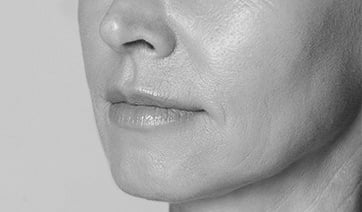
Weak cheekbones
Treatment Options

Juvederm® VOLBELLA®
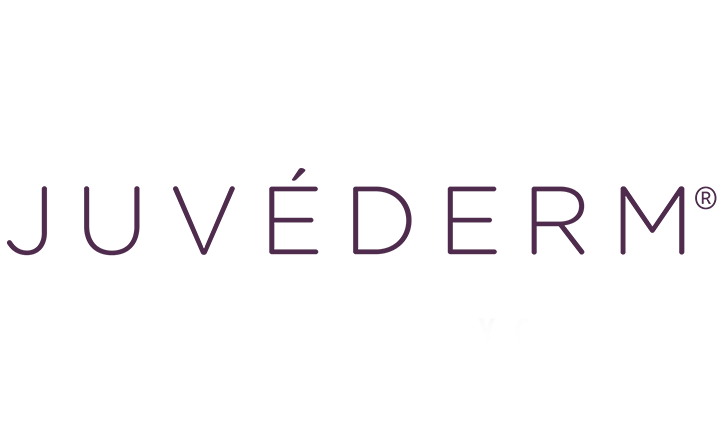
Juvederm®
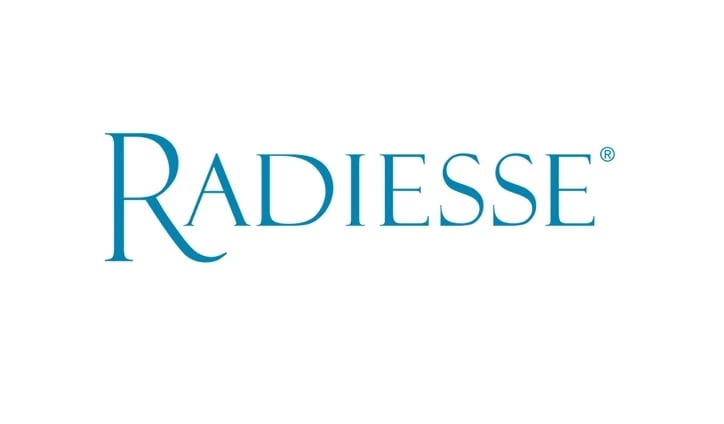
Radiesse®
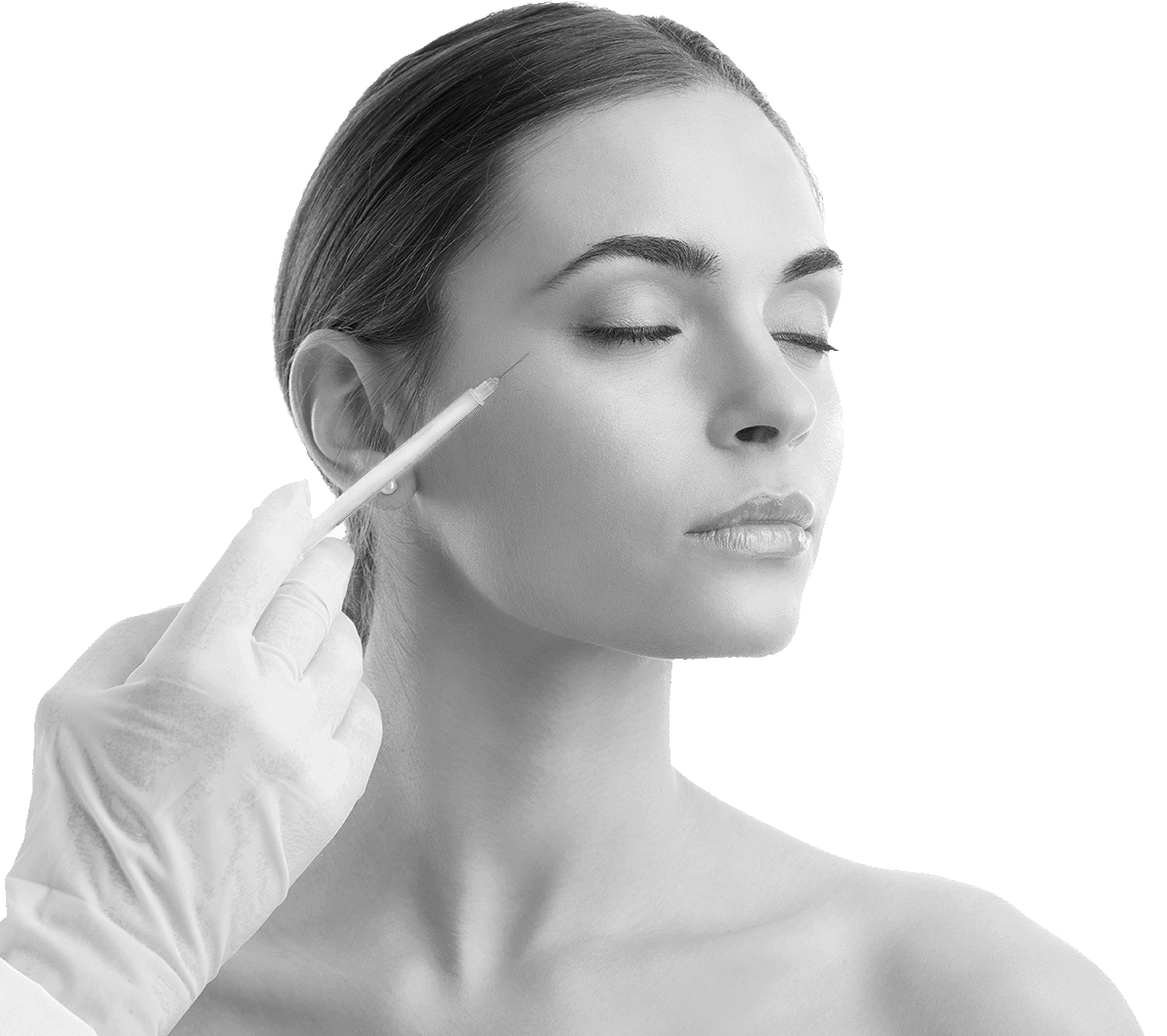
Are Cheek and Midface Fillers Right for Me?
Cheek and midface fillers can work wonders for balancing out the face and remedying a variety of skin concerns. However, it is important to make sure you are getting the right filler type to avoid “apple cheeks” that can often look unnatural and restrict necessary facial movements.
Consult with a qualified healthcare provider, like the physician assistants at It Aesthetix, to determine the most appropriate treatment plan for you. During a consultation, we will assess your skin and discuss your goals and any concerns you may have. We will then recommend the most suitable treatment options based on your individual needs and expectations.
Beauty Benefits of Cheek and Midface Fillers
Cheek and midface fillers can help deliver a more youthful appearance without drastically altering the structure of your face. When done by an experienced medical professional, cheek and midface fillers balance out your face, define your bone structure, and restore volume in key areas. Most fillers can last anywhere from 6 months to 2 years. Treatment sessions typically can be completed in under an hour with immediate results after, providing a quick fix to common skin concerns.
